DIY Termite Inspections: A Step-by-Step Guide
DIY Termite Inspections: A Step-by-Step Guide
Introduction:
Termites, often referred to as "silent destroyers," can cause extensive damage to homes if left unchecked. Conducting regular termite inspections is a crucial part of proactive pest management. In this article, we'll provide a step-by-step guide for homeowners to perform DIY termite inspections, empowering them to identify signs of termite activity early and take timely action.
Step 1: Gather Inspection Tools
Before beginning the inspection, gather the necessary tools to facilitate a thorough examination:
- Flashlight: Illuminate dark and hard-to-reach areas.
- Screwdriver or Probe: Use to tap and inspect wood for hollowness.
- Magnifying Glass: Examine small details and distinguish between ants and termites.
- Protective Gear: Wear gloves and a mask, especially if you're inspecting confined or dusty spaces.
Step 2: Start with the Exterior
1. Inspect the Foundation:
- Examine the foundation for mud tubes, a common sign of subterranean termites.
- Check for any cracks or gaps in the foundation that may serve as entry points.
2. Check Wooden Structures:
- Carefully inspect wooden structures such as decks, fences, and window frames.
- Look for signs of termite damage, including hollow-sounding wood and the presence of mud tubes.
3. Inspect Tree Stumps and Woodpiles:
- Termites often infest decaying wood, so inspect tree stumps, logs, and woodpiles near your home.
Step 3: Move to the Interior
1. Check Basements and Crawl Spaces:
- Inspect basements and crawl spaces for signs of termites, paying special attention to wooden support structures.
- Look for mud tubes, damaged wood, or discarded termite wings.
2. Examine Wooden Furniture:
- Check wooden furniture for any signs of termite activity, such as small holes or frass (termite droppings).
3. Inspect Attic Spaces:
- Examine attic spaces, especially wooden beams and structures.
- Look for signs of termite damage, including galleries or tunnels in the wood.
Step 4: Identify Signs of Termite Activity
1. Mud Tubes:
- Subterranean termites create mud tubes to travel between their nest and food sources.
- Break open any tubes you find to check for live termites.
2. Discarded Wings:
- Reproductive termites (alates) shed their wings after swarming.
- The presence of discarded wings may indicate a recent termite swarm.
3. Hollow-Sounding Wood:
- Tap wooden surfaces with a screwdriver or probe.
- Hollow or damaged wood may be a sign of termite infestation.
Step 5: Take Action
1. Document Your Findings:
- Take notes and photographs of any signs of termite activity.
- This documentation can be useful when consulting with pest control professionals.
2. Contact Pest Control Professionals:
- If you find signs of termite activity or are unsure about your findings, consult with a pest control professional.
- Professionals can provide a thorough inspection and recommend appropriate treatment measures.
Conclusion:
DIY termite inspections are an essential part of maintaining a termite-free home. By following this step-by-step guide and conducting regular inspections, homeowners can detect signs of termite activity early, preventing extensive damage to their homes. Remember, while DIY inspections are valuable, consulting with pest control professionals ensures a comprehensive approach to termite prevention and treatment.



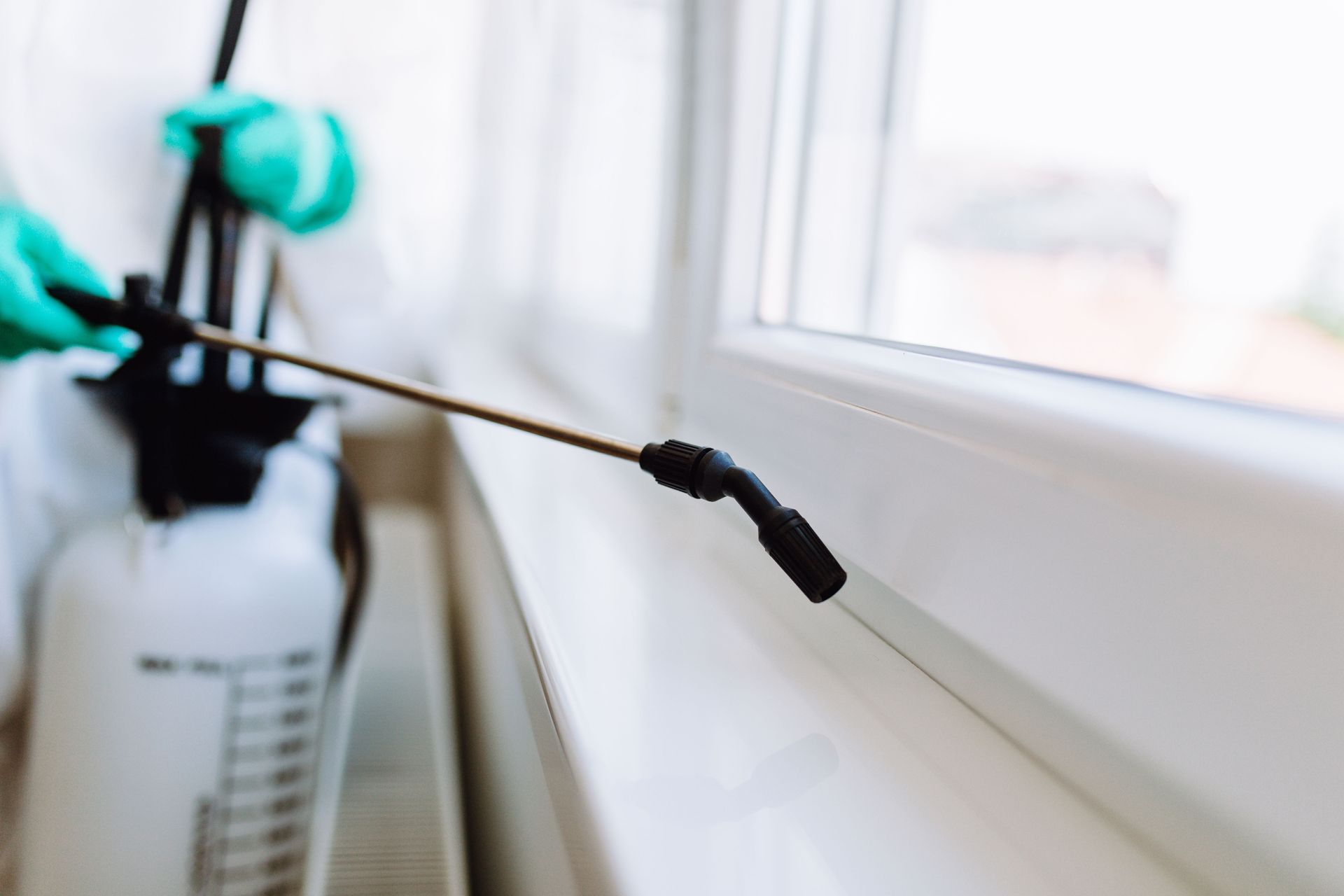
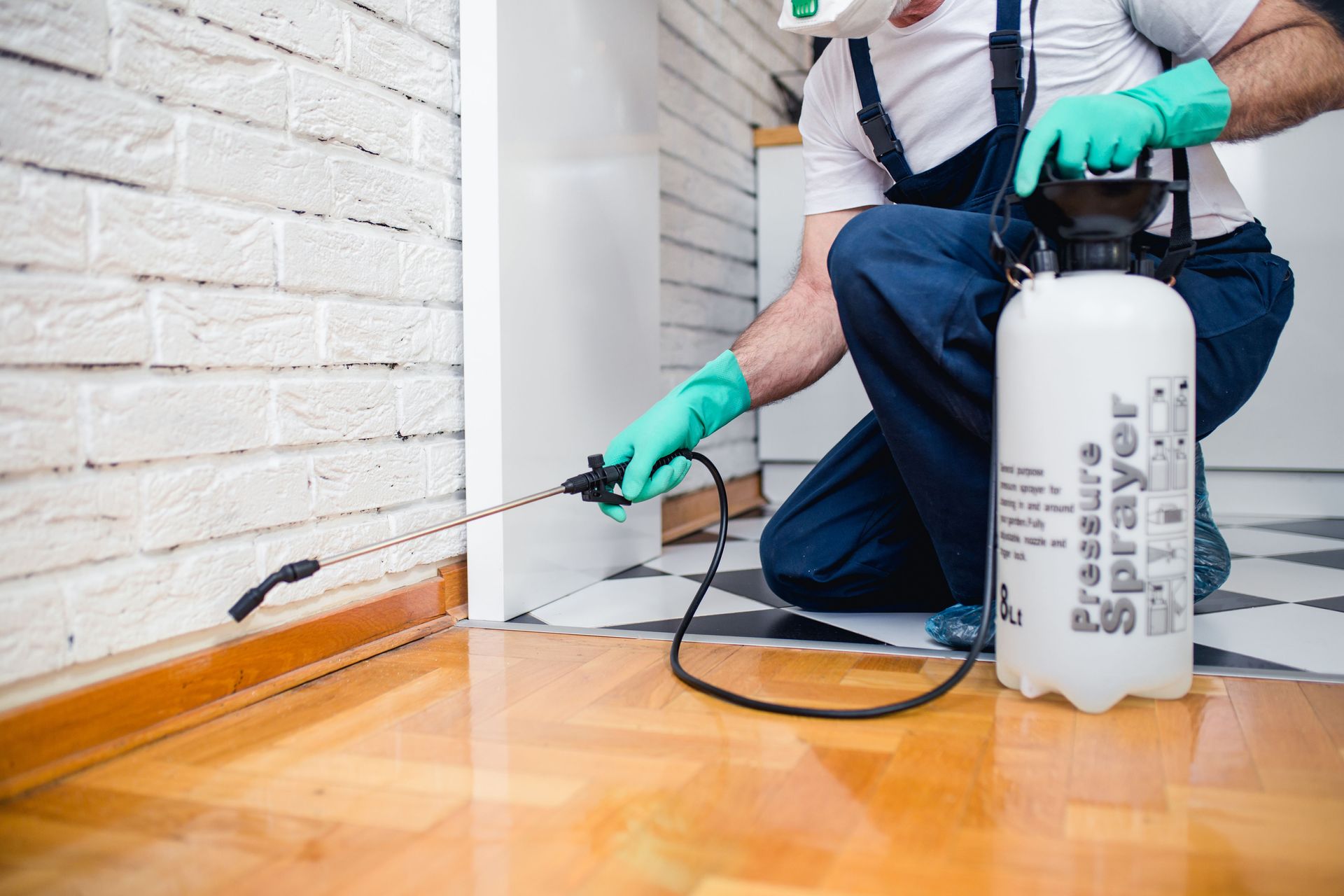



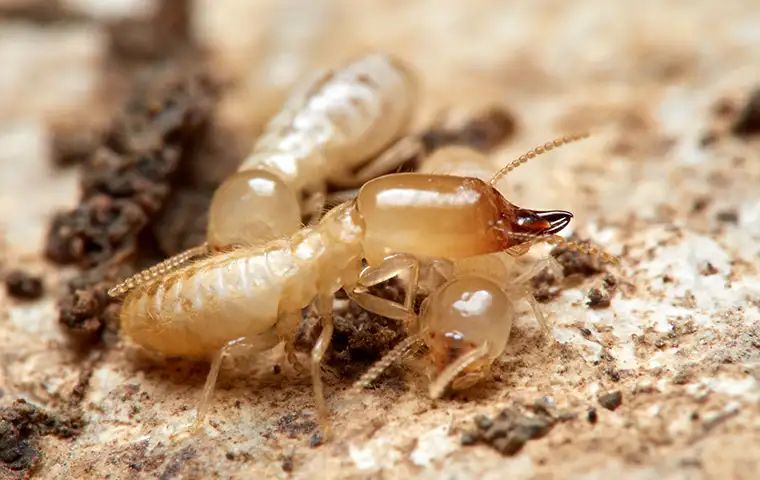
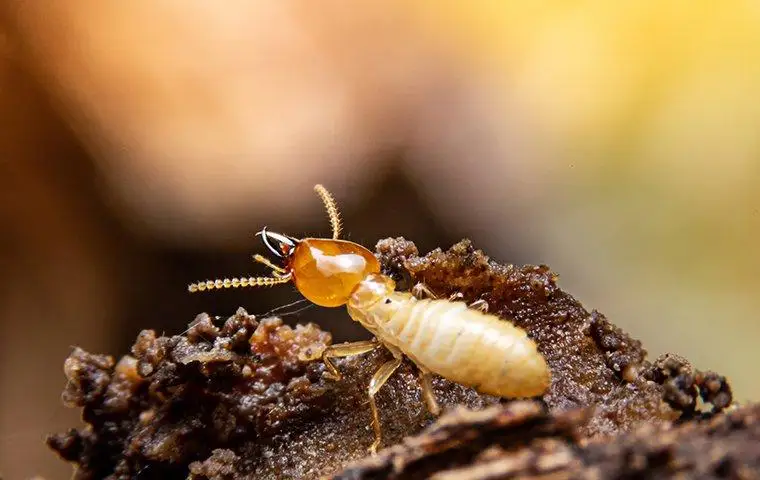
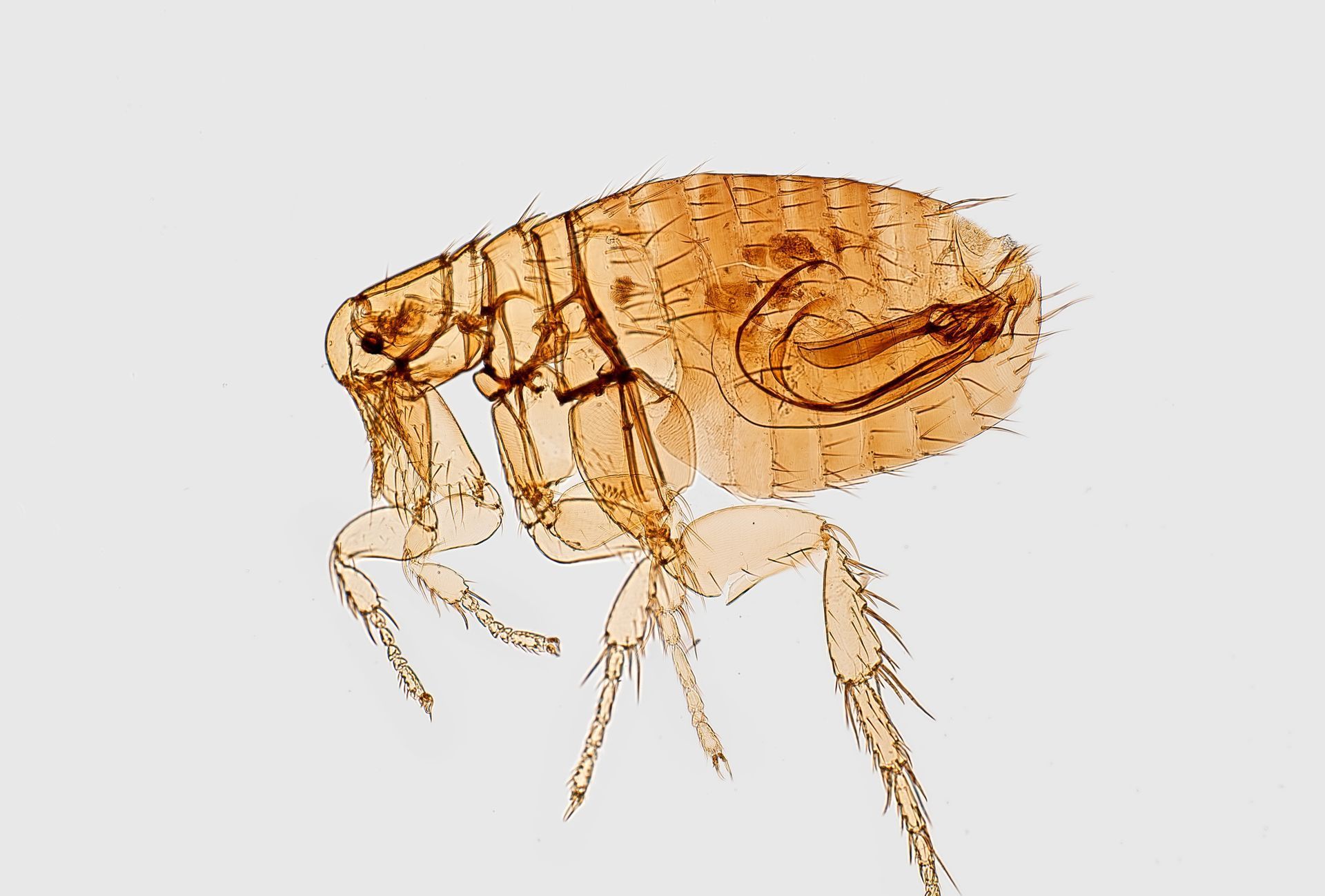
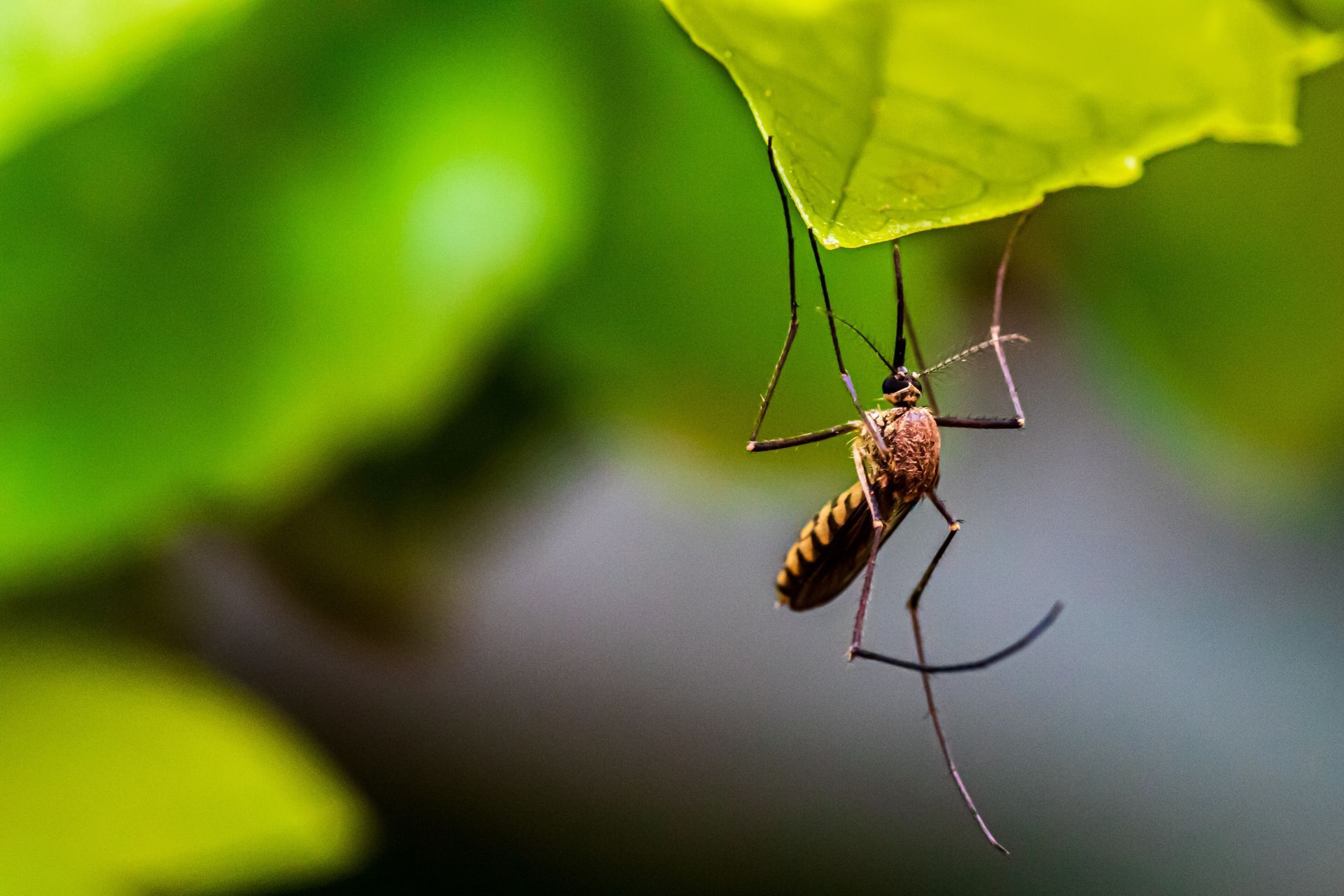
Share On: